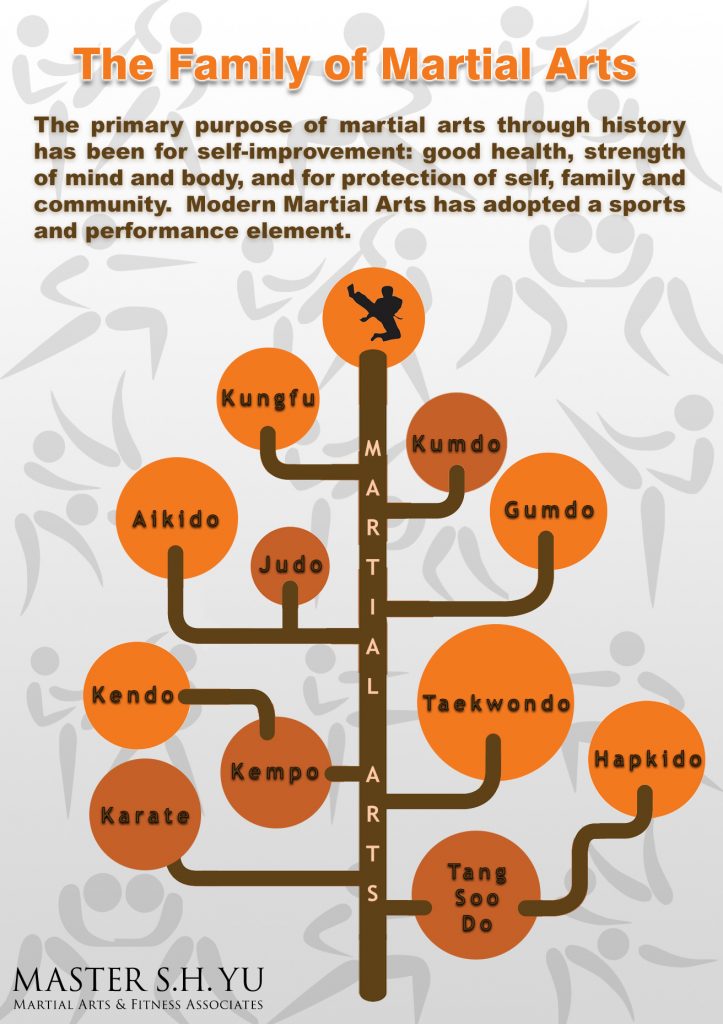Deciphering The Secret Of Multiple Martial Arts Self-Controls: An Overview To Karate, Taekwondo, And Much More
Deciphering The Secret Of Multiple Martial Arts Self-Controls: An Overview To Karate, Taekwondo, And Much More
Blog Article
Web Content Produce By-Childers Lemming
Are you tired of feeling bewildered by the huge world of fighting styles? With https://martial-arts-lessons-for44321.blog5star.com/32921471/discover-the-keys-of-taekwondo-s-belt-levels-from-white-to-black-this-guide-has-everything-you-need-to-understand-dive-in-currently of styles to select from, it can be simple to get lost in a sea of punches, kicks, and strange names. However fear not!
This conversation will certainly demystify the different fighting styles designs, taking you on a trip from the powerful strikes of Karate to the vibrant kicks of Taekwondo. Prepare to discover the origins, techniques, and ideologies behind these ancient art forms.
So, tighten your belt and prepare to start an enlightening exploration into the fascinating world of fighting styles.
Beginnings of Martial Arts Styles
The origins of fighting styles styles can be traced back to ancient people and their need for self-defense and combat strategies. Throughout history, various cultures established their own one-of-a-kind techniques of fighting, each with its very own set of techniques and philosophies.
In China, for example, martial arts designs such as Kung Fu and Tai Chi were created as a way of protection and enhancing physical and psychological well-being.
In Japan, the samurai warriors developed styles like Martial arts and Judo, concentrating on technique, accuracy, and proficiency of the body.
In a similar way, in Korea, Taekwondo became a fighting style highlighting high kicks, fast motions, and psychological perseverance.
These very early civilizations laid the foundation for the diverse selection of martial arts designs that exist today, each with its very own abundant history and social value.
Techniques and Educating Approaches
To grasp fighting styles designs, professionals must learn numerous strategies and training methods.
Methods are the details activities and actions utilized in fight, such as punches, kicks, throws, and obstructs. Different fighting styles designs have their own unique set of strategies that practitioners should master via extensive training.
Training approaches differ depending upon the style, however they usually entail a mix of physical fitness, drills, competing, and types.
Physical conditioning is vital to build strength, adaptability, and endurance. Drills assist experts fine-tune their strategies and improve their speed and precision.
Sparring allows experts to practice their techniques in a managed, reasonable environment. https://heavy.com/entertainment/cobra-kai/bruce-lee-the-karate-kid-connections/ , likewise referred to as kata, are deliberate series of movements that help practitioners develop muscle mass memory and focus.
Philosophies and Concepts
Exploring the viewpoints and principles of fighting styles designs can supply you with a deeper understanding of your picked self-control. Each martial art has its own distinct philosophy and set of leading concepts that form the way it's exercised.
For example, Karate stresses technique, regard, and self-discipline. It instructs practitioners to concentrate their body and minds, enabling them to protect themselves while preserving a sense of internal tranquility.
On the other hand, Taekwondo positions a solid focus on speed, dexterity, and adaptability. Its concepts are rooted in the tenets of politeness, honesty, determination, self-control, and resolute spirit.
Conclusion
Since you've explored the origins, methods, and approaches of numerous fighting styles designs, you have a much deeper understanding of these ancient disciplines.
Think of a young karate student, exercising with unwavering resolution and focus, appearing boards with an effective punch.
Their trip showcases the commitment and stamina called for to master a martial art, reminding us that with discipline and willpower, anything is feasible.
